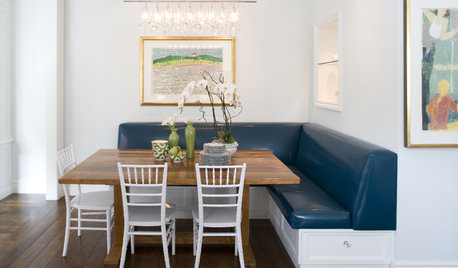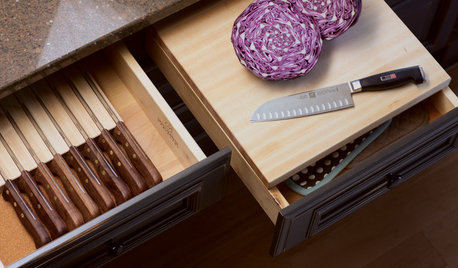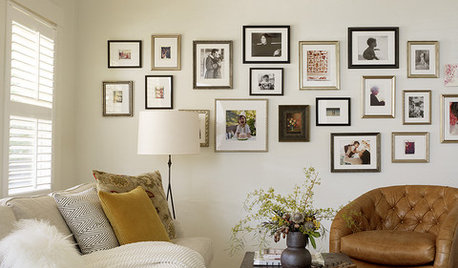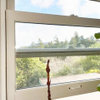Bookshelf Advice Needed
crimsonrae
14 years ago
Featured Answer
Sort by:Oldest
Comments (12)
bobismyuncle
14 years agobrickeyee
14 years agoRelated Professionals
Birmingham Carpenters · Palmetto Bay Carpenters · The Hammocks Carpenters · Dorchester Flooring Contractors · Georgetown Flooring Contractors · Inver Grove Heights Flooring Contractors · Limerick Flooring Contractors · Moses Lake Flooring Contractors · North Tustin Flooring Contractors · Palm Harbor Flooring Contractors · Duluth Furniture & Accessories · Champlin Furniture & Accessories · Fallbrook Furniture & Accessories · Miami Beach Furniture & Accessories · Livingston Handymanbobismyuncle
14 years agosofaspud
14 years agokarinl
14 years agoinox
14 years agolazy_gardens
13 years agobrickeyee
13 years agokhanson24_hotmail_com
13 years agoJon1270
13 years agotomweid
5 years agolast modified: 5 years ago
Related Stories

HEALTHY HOMEHow to Childproof Your Home: Expert Advice
Safety strategies, Part 1: Get the lowdown from the pros on which areas of the home need locks, lids, gates and more
Full Story
REMODELING GUIDESContractor Tips: Advice for Laundry Room Design
Thinking ahead when installing or moving a washer and dryer can prevent frustration and damage down the road
Full Story
Straight-Up Advice for Corner Spaces
Neglected corners in the home waste valuable space. Here's how to put those overlooked spots to good use
Full Story
DECORATING GUIDES10 Design Tips Learned From the Worst Advice Ever
If these Houzzers’ tales don’t bolster the courage of your design convictions, nothing will
Full Story
LIFEGet the Family to Pitch In: A Mom’s Advice on Chores
Foster teamwork and a sense of ownership about housekeeping to lighten your load and even boost togetherness
Full Story
BATHROOM DESIGNDreaming of a Spa Tub at Home? Read This Pro Advice First
Before you float away on visions of jets and bubbles and the steamiest water around, consider these very real spa tub issues
Full Story
KITCHEN DESIGNSmart Investments in Kitchen Cabinetry — a Realtor's Advice
Get expert info on what cabinet features are worth the money, for both you and potential buyers of your home
Full Story
KITCHEN STORAGEKnife Shopping and Storage: Advice From a Kitchen Pro
Get your kitchen holiday ready by choosing the right knives and storing them safely and efficiently
Full Story
LIFEEdit Your Photo Collection and Display It Best — a Designer's Advice
Learn why formal shots may make better album fodder, unexpected display spaces are sometimes spot-on and much more
Full Story
FARM YOUR YARDAdvice on Canyon Farming From L.A.'s Vegetable Whisperer
See how a screened garden house and raised beds help an edible garden in a Los Angeles canyon thrive
Full StorySponsored
More Discussions










MongoCT